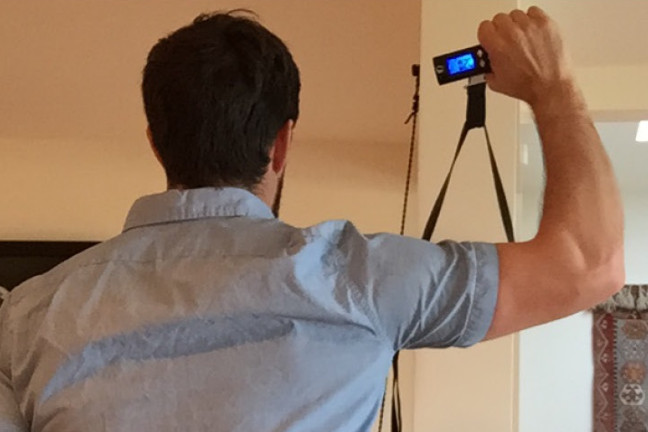I work with a lot of climbers internationally and many of them want to know how to quantify their muscle strength to determine muscle imbalances. I used to tell them that they had to fly to Los Angeles to see me in the clinic so that I can use my expensive equipment to quantify their strength. However, with technology advancing so quickly, testing muscle strength doesn’t have to be so difficult.
Using a luggage scale to quantify strength
I discovered how to test muscle strength without the need for fancy equipment from Tanya Mackenzie, a Ph.D. and Physical Therapist from the United Kingdom. We met during a physical therapy conference and we hit it off instantly. We are both rock climbers and we both work with our country’s respective Olympic Teams.
She introduced me to using a cheap ($10-$18) luggage scale to quantify strength for rock climbers. This was a game changer for me. Since I work with so many climbers remotely, this gave me the ability to monitor muscle strength and track muscle recovery across the globe.
Watch it in action
Check how to use the luggage scale with this clip from one of The Climbing Doctor injury prevention clinics at the Red Rock Rendezvous.
How to test rotator cuff strength
Using a luggage scale is very simple.
- Power on the device
- Tie a piece of webbing around a stationary object
- Connect the device to the webbing
- Push or pull as hard as you can for 7-10 seconds
- Have a friend view the screen to monitor for the highest number you reach
The below photos show examples of how to use a luggage scale to test the rotator cuff muscles that rotate your arm in and out. The positions shown are with the arm at the side and the arm overhead.
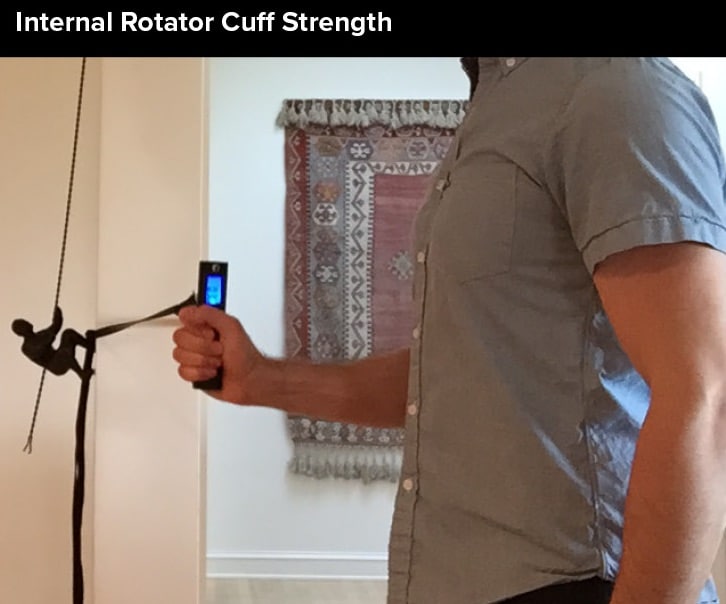
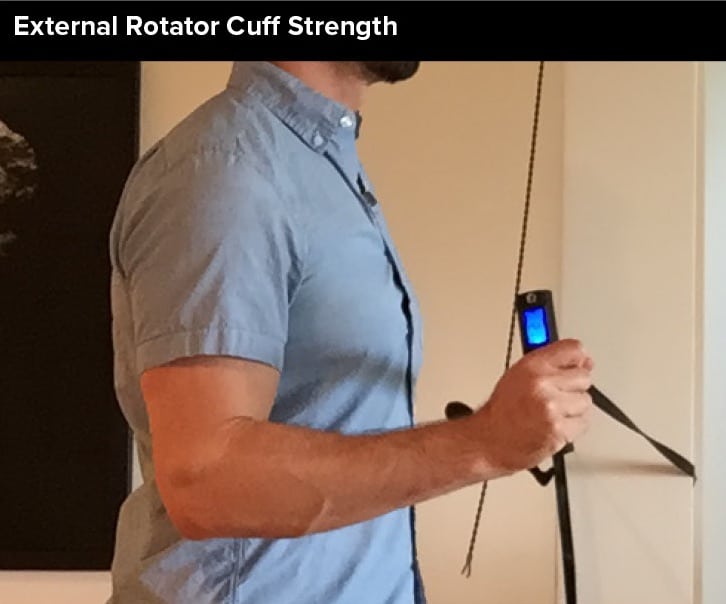
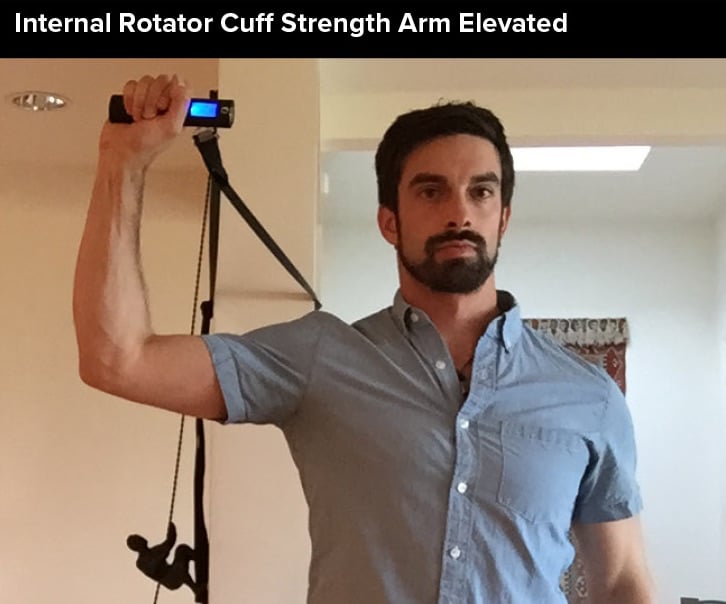
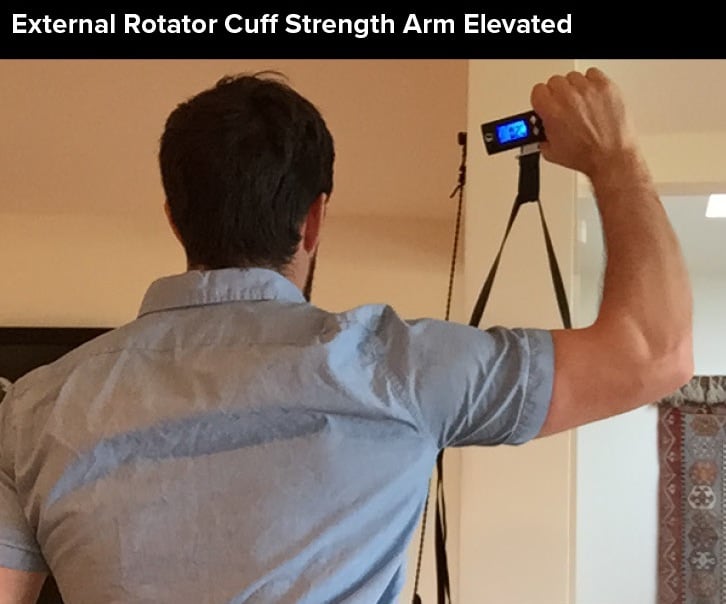
How to monitor recovery
Have you ever gotten to the base of the crag and wondered if your body was fresh enough to climb at your limit? Have you ever stood under your project at the climbing gym and wondered if you were too sore to push it? Using a luggage scale to quantify your strength allows you to determine if you are too fatigued to climb.
All you need to do is to develop a “baseline” strength value using a luggage scale. To achieve a baseline follow the steps below:
- Measure your shoulder strength once per day for seven days
- Add the values together and divide by seven to get an average for each position
- This average will be your “baseline” strength
Once you have your “baseline” strength, simply test your strength on the days that you wonder if you are recovered enough to climb. If your strength falls within 90% or more of your “baseline” then you are good to climb. If your strength falls under 90% of your baseline, then take another rest day and retest.
This post teaches you how to quantify strength in your shoulders with a luggage scale. A future post will teach you how to quantify strength in your fingers.
Take these tips and climb safe and strong.
Climb on,
The Climbing Doctor
Explore More
Related articles you'll loveToday’s Best Rock Climbing Gear Deals
200+ rock climbing videos
A Comparison of Popular Hangboard Programs
2 Simple Exercises to Protect Your Rotator Cuff from Injury
Two Effective Fingerboard Training Protocols from Eric Horst
Emerging Concepts in Injury Prevention: Pulley Strain
The Climber Athlete: An Argument for Weightlifting
Everything You Need to Know About Campus Board Training, with Eric Horst
How to Warm Up for Climbing: 4 Must-Do Exercises Before Pulling Hard
The Power of Isometric Contraction for Climbing Training
Get daily updates by Liking us on Facebook
Free rock climbing PDFs on technique, training, knots, and more

